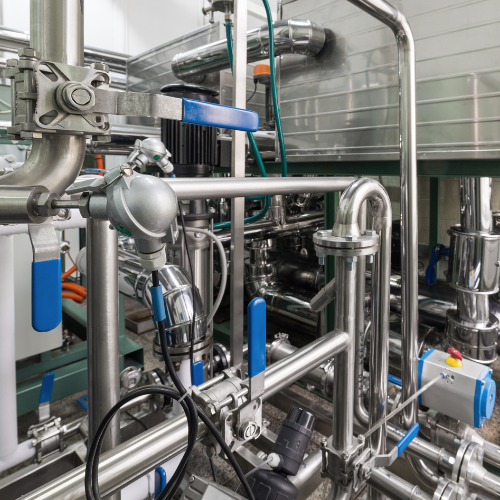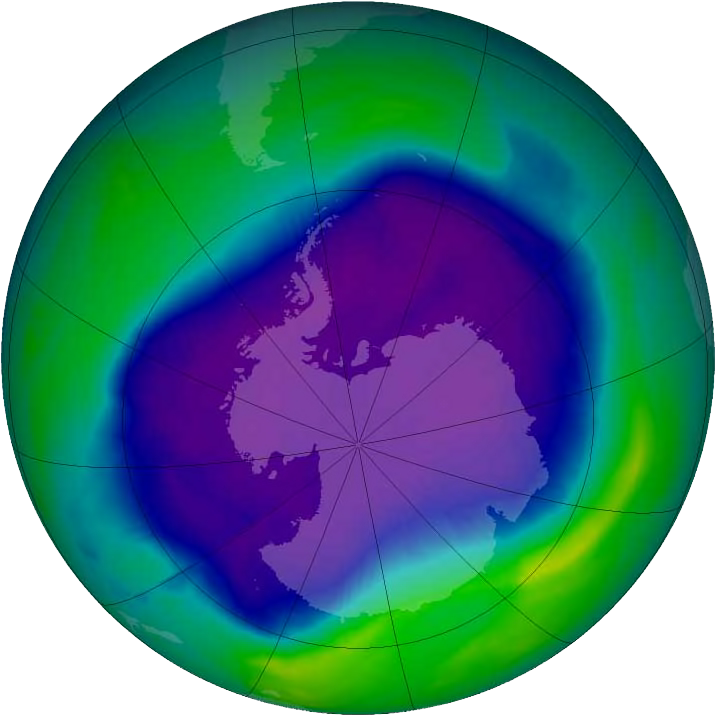At the Federal Level
The U.S. EPA’s Final Rule - Phasedown of Hydrofluorocarbons: Restrictions on the Use of Certain Hydrofluorocarbons under Subsection (i) of the AIM Act restricts the use of higher-GWP HFCs in new aerosol, foam, and refrigeration, air conditioning, and heat pump (RACHP) products and equipment. For example:
- Industrial process refrigeration (not using chillers) with a 200 or more lb refrigerant charge must be compliant with a GWP limit of 150 by January 1, 2026;
- Retail food -refrigeration standalone units must be compliant with a GWP limit of 150 by January 1, 2025;
- Cold storage warehouses with a 200 or more lb refrigerant charge must be compliant with a GWP limit of 150 by January 1, 2026;
- Retail food-Supermarkets with 200 or more lb refrigerant charge must be compliant with a GWP limit of 150 by January 1, 2027;
- Retail food - remote condensing units with 200 or more lb refrigerant charge must be compliant with a GWP limit of 150 by January 1, 2026.
.png?sfvrsn=7df2d922_0)
More information can be found here.
To facilitate this transition, the EPA published the Final Rule 26 under the Significant New Alternatives Policy (SNAP) program on May 22, 2024. The SNAP Rule 26 approves several new low-GWP A2L refrigerants for commercial refrigeration applications and also increases the allowable charge size for self-contained equipment using R-290 (propane).
California, Washington, and New York have also implemented or proposed stringent regulations to curb HFC emissions.
In December 2020, California approved new regulations requiring specific GWP thresholds for new and existing food retail facilities. New refrigeration equipment in new facilities with a refrigerant charge exceeding 50 lbs must employ refrigerants with a GWP below 150:
- Cold Storage Warehouses with 50 lb or more charge exceeding GWP 150 prohibited as of January 1, 2022;
- Ice Rinks with 50 lb or more charge exceeding GWP 150 prohibited as of January 1, 2024;
- Industrial Process Refrigeration excluding Chillers with 50 lb or more charge exceeding GWP 150 prohibited as of January 1, 2022;
- Retail Food Refrigeration with 50 lb or more charge exceeding GWP 150 prohibited as of January 1, 2022.
3a0bb3179cf96a7ea8b6ff0100a9fc4b.png?sfvrsn=59f2d922_0)
Washington has finalized a rulemaking to update Chapter 173-443 WAC for HFCs and other fluorinated greenhouse gases that:
- Established GWP threshold less than 150 for HFCs used in new equipment effective January 1, 2025
- Established GWP threshold less than 150 for existing equipment that undergoes a retrofit effective January 1, 2029
- Implemented a Refrigerant Management Program, requiring leak detection, recordkeeping, and reporting
570bb3179cf96a7ea8b6ff0100a9fc4b.png?sfvrsn=34f2d922_0)
New York has also initiated a new rulemaking under NYCRR Part 494 with 20-year GWP values rather than the traditional 100-year GWP. Under the proposed rule, New York retailers would be subject to the following GWP Limits
- For supermarket systems: GWP <580 (20-year) for systems ≥50 lbs effective January 2025; GWP <10 (20-year) effective January 1, 2034
- For new refrigeration facilities: GWP <10 (20-year) for systems ≥50 lbs effective January 1, 2026
740bb3179cf96a7ea8b6ff0100a9fc4b.png?sfvrsn=17f2d922_0)
These regulatory efforts represent a crucial step forward in reducing the environmental impact of HFCs and transitioning towards more sustainable refrigerant alternatives.
Related Posts

Comparison of Key Refrigeration System Components: Making the Right Choice for Your Operation
.png?sfvrsn=26cbdc22_3)
Ammonia Heat Pumps Achieve 185°F, Ditch the Boiler for Food & Beverage Production

CIMCO Delivers Sustainable CO₂ Cooling for Sobeys' Automated Facility
|
|



